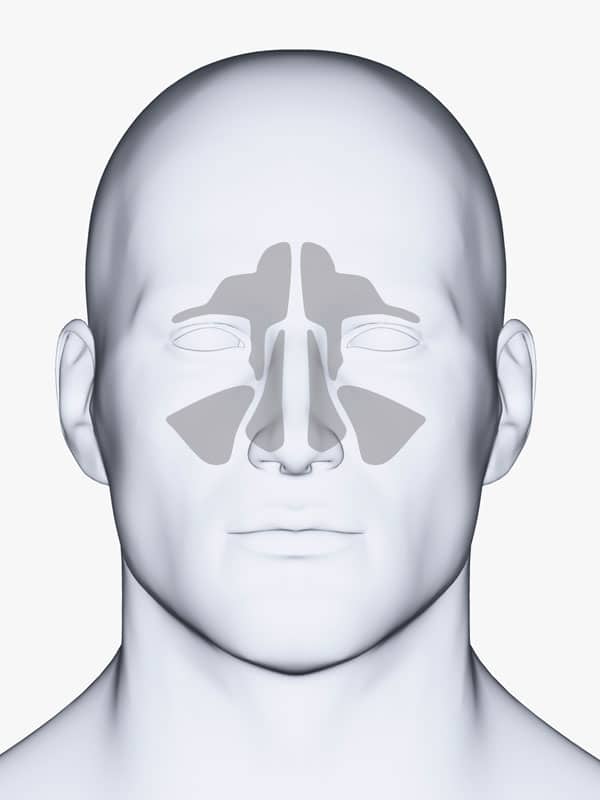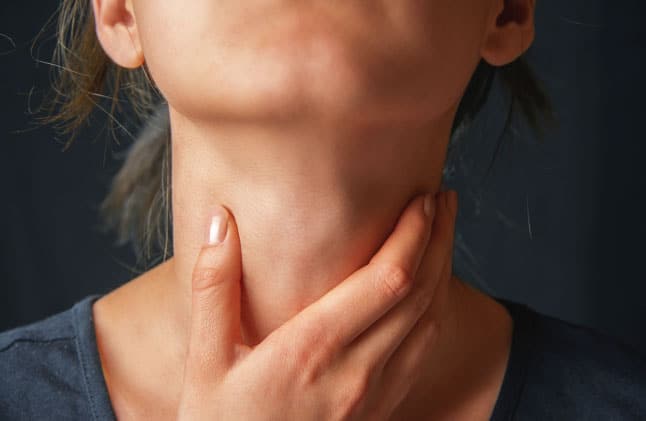
Types of Nasal Obstruction
There are several different types of nasal obstruction. These include:
- Deviated nasal septum. The nasal septum is the wall-like structure that divides the left and right nostrils. A deviated septum refers to one that is crooked. This is hardly rare; it is estimated that 80 percent of people have septal deviations to some degree. Symptoms include difficulty breathing through the nose (especially one nostril) and a runny nose.
- Inferior turbinate hypertrophy. The nasal cavity contains bony structures called turbinates. These are susceptible to irritation from allergies and dust, which cause swelling and breathing difficulties.
- Choanal atresia. This is a congenital defect in which excess tissue in the nasal airway causes a partial or full blockage, resulting in difficulty breathing.
- Nasal polyps. These benign growths that occur on the mucosal lining of the nasal passages. They are typically small and though noncancerous can still cause obstructions of the sinuses, leading to congestion, breathing problems and sinus infections.
- Foreign objects in the nose. Most cases of foreign objects in the nose occur in toddlers and children. Common objects include food material, tissue paper, beads, toys and rocks.
- Oversized adenoids. Adenoids are the pair of soft tissues masses located behind the nose and roof of the mouth that trap germs and create antibodies that aid the immune system in fighting off infection. They can easily become infected, which will cause them to become enlarged and block airflow through the nose.
- Swelling of the nasal lining due to allergies. Allergies are the result of the immune system’s response to a harmless substance. When an allergen is encountered, antibodies are produced, which in turn triggers the release of chemicals called histamines. The release of histamine is responsible for the telltale symptoms of allergies, including swelling of the nasal lining.
Treating Nasal Obstructions
We will carefully examine your nose using a lighted scope and may use a CT scan or MRI in order to diagnose your nasal obstruction. The first step in treating nasal obstructions is getting the symptoms under control. Medications or nasal steroid sprays are often helpful in reducing inflammation of the nose and turbinates and providing immediate, short-term relief.
An effective long-term solution may require surgery particularly if the issue involves a deviated septum, turbinates or nasal polyps. Newer surgical techniques include shrinking the turbinates by using radiofrequency energy or a small tissue-shaving device.
Call PDX ENT at (503) 222-3638 for more information or to schedule an appointment.


